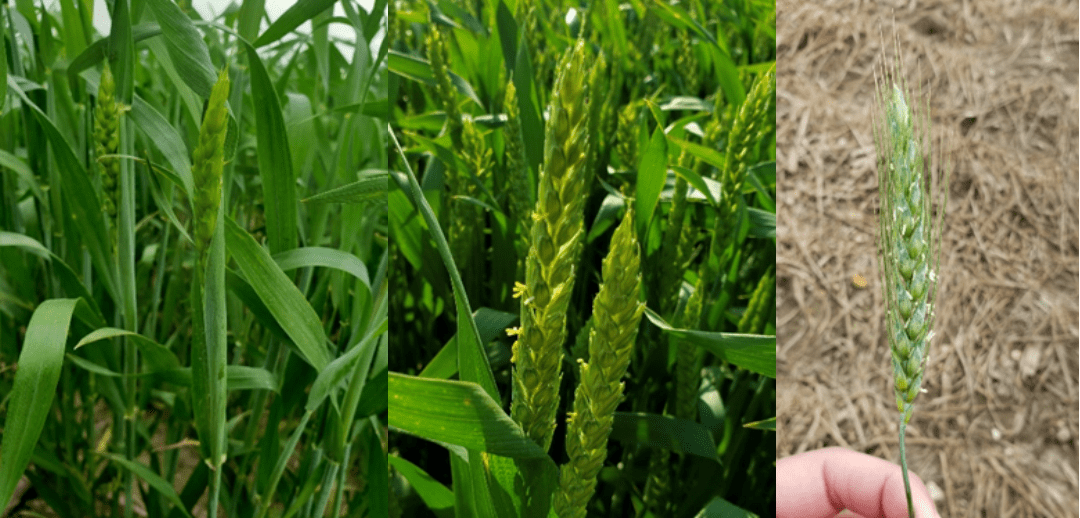Andrew Kness, Agriculture Agent
University of Maryland Extension, Harford County
Wheat is progressing rapidly across the state due to our mild winter. In the coming weeks, wheat will begin flowering and entering the most critical management stage for Head Scab or Fusaruim Head Blight (FHB). Scout fields as heads emerge and determine when they start to flower (yellow anthers emerging from the middle of the spike). At this stage you will need to make the call to apply a fungicide or not.

Right now, FHB risk is very low across the region, mostly due to the cool nights we are experiencing (Figure 2). However, conditions can turn favorable for FHB very quickly, so don’t fall asleep on it! FHB can sporulate and infect flowering spikes at temperatures in the 50s as long as adequate moisture and humidity is present.

If conditions turn wet, humid, and above 50 degrees at flowering, FHB risk will be high and you will have about a 5 day maximum window after Feekes 10.5.1 (start of flowering) to make a fungicide application to suppress DON vomitoxin. Optimal timing for a fungicide application is at Feekes 10.5.1 and up to 5 days after. University research has indicated that earlier applications at heading (Feekes 10.3-10.5) do not consistently reduce DON levels in the grain as compared to applications made at or shortly after flowering.
Even though it may seem a bit early and cool, continue to monitor the Scab Risk Tool (www.wheatscab.psu.edu/) to help you assess the risk of developing FHB in your wheat crop so that you’re not taken by surprise.
For fungicide recommendations and other application recommendations, click here.
